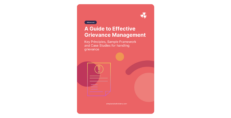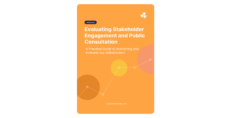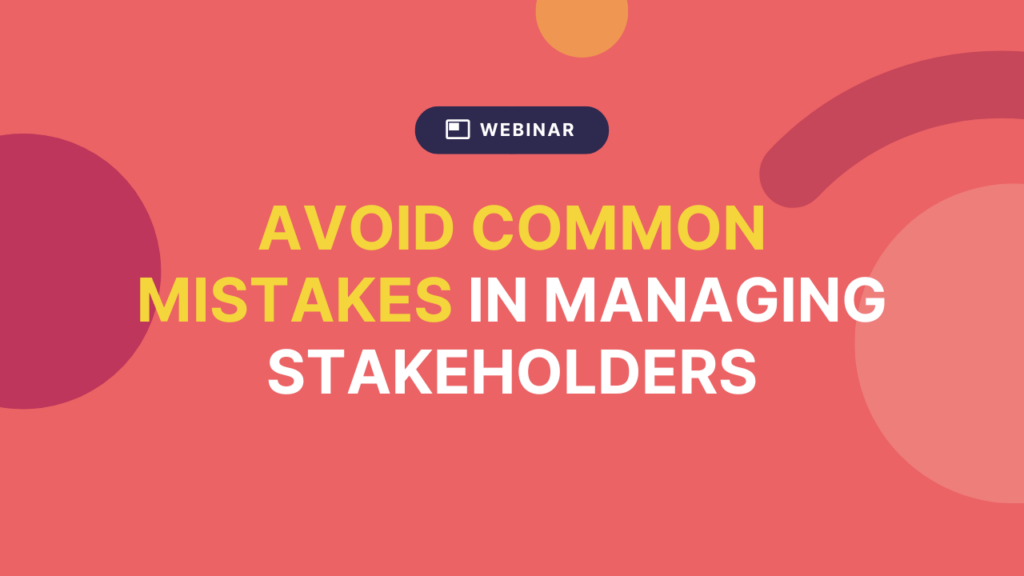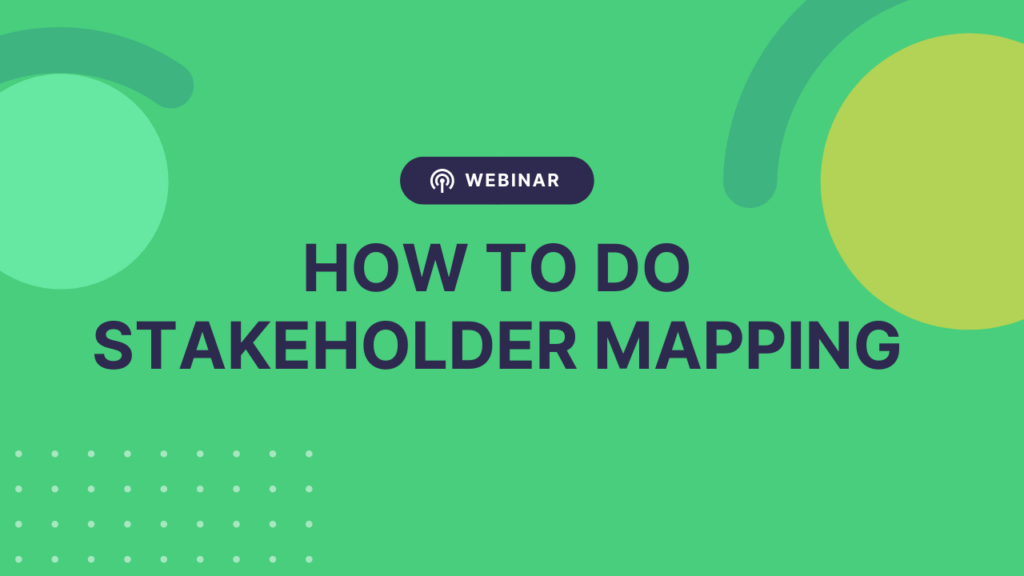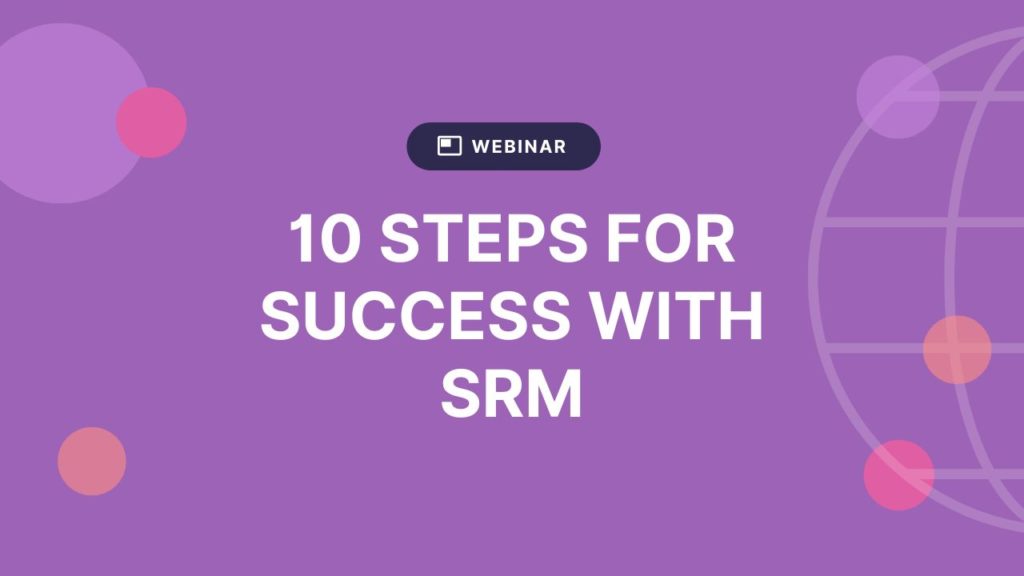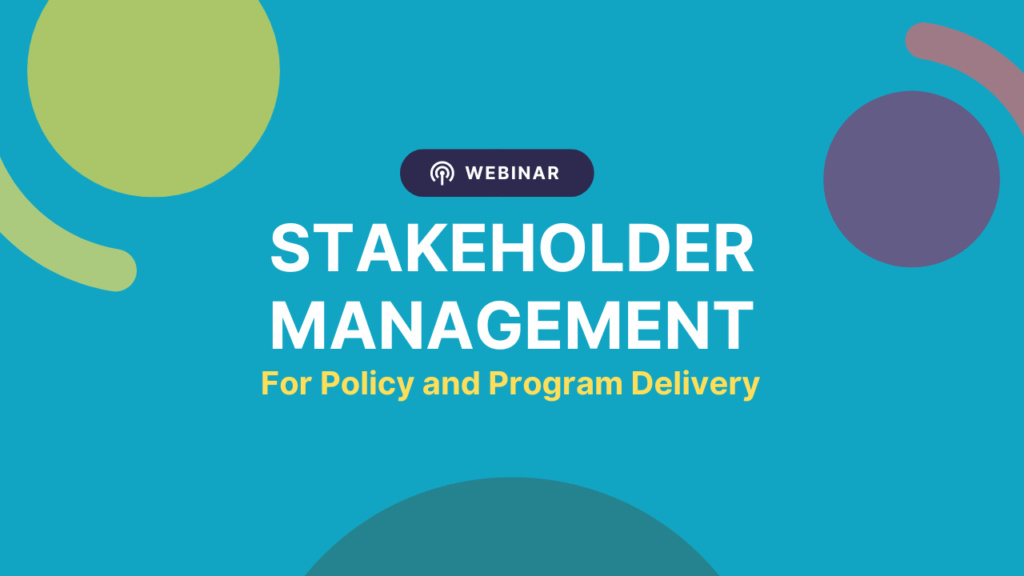Stakeholder Management Plan in Six Steps

Need to create or update your stakeholder management plan? Stakeholder plans are used by organizations of all sizes to keep track of stakeholders, record interactions, and strategically manage relationships. This can help to support a range of outcomes, like building support for a project, risk mitigation, increased community trust, or efficient crisis communication.
In case you’re not sure where to start, or you’re looking for a simpler way to create your next plan, we’ve put together an easy-to-follow 6-step process for producing effective stakeholder management plans.
But first, let’s start with a few basic definitions…
| What is a Stakeholder?
A stakeholder is any individual or group of people that may be impacted by your project or organization. Plus, those people who may influence the work or have an interest in it. Examples may include employees, shareholders, customers, suppliers, local community members, other businesses, governing officials, environmental groups, and more. |
| What is Stakeholder Management?
Stakeholder management is about strategically managing your stakeholder relationships. This ongoing process typically includes identifying stakeholders, analyzing them, interacting with them, monitoring them, and reporting on the outcomes. Stakeholder management can achieve a number of objectives, such as greater mutual understanding, increased trust, stronger relationships, better risk identification and management, meeting legal obligations, increased support, a social license, and better-informed decisions. |
What’s a Stakeholder Management Plan and Why Create One?

Like most work and business processes, everything flows much better when you start with a plan. A stakeholder management plan gets your strategies down on paper so that you can more effectively manage or engage with stakeholders. Plus, communicate your stakeholder management approach to the rest of your organization before you get started.
Generally, a stakeholder management plan should include a summary of:
- Objectives
- Stakeholder groups
- Strategies, tactics, and activities
- Key messages
- Resources
- Evaluation criteria
We’ll go into more detail on each of these requirements shortly. But first, how do you know a good stakeholder management plan when you see one?
What Makes a Good Stakeholder Plan?
The difference between a good stakeholder plan and one that gathers dust on a shelf is knowing what to include — all the key processes and just enough detail to be clear without causing information overload.
Traditionally, stakeholder management plans are lengthy documents that cover the situation, project, stakeholders, and potential activities in great detail. But these don’t necessarily work well in practice because they take too long to put together, are difficult to update, and nobody reads them (much less implements them).
Increasingly, organizations are producing shorter stakeholder plans that are easy to create, update, and implement — and best of all, everyone on the team can read them in one sitting.
When you get the balance right, your stakeholder plan will be a valuable tool for your organization — and a roadmap that helps you to stay focused on your goals and manage stakeholders more effectively. And it won’t take weeks or months to put together (or update).
In fact, we’ve found that most organizations can get their plan sorted by following a simple, six-step process…
6 Steps to Creating a Stakeholder Management Plan
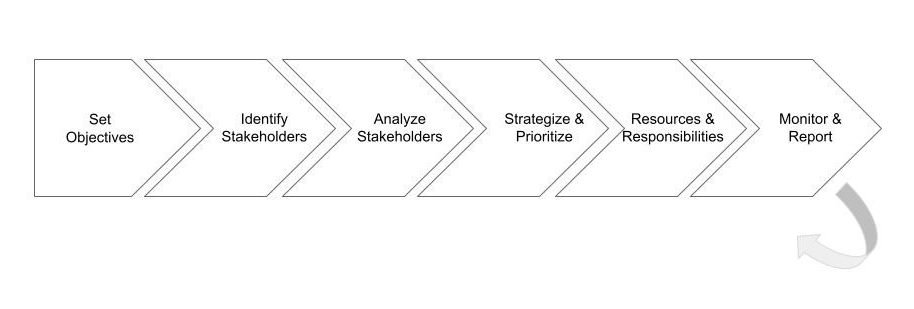
1. Set Objectives
Before you get too far into developing your stakeholder management plan, it’s important to establish your objectives. Consider things like:
- Why you need to manage, consult with, or engage stakeholders
- What outcomes you hope to achieve overall and/or from each stakeholder group
- What degree of support, trust, engagement, or participation is needed to achieve your objectives
- How managing or engaging with stakeholders will impact the rest of the organization
- How your strategy and objectives might change at different stages of the project
By defining your objectives upfront, you’ll have a clear direction for the rest of your plan to follow.
2. Identify Stakeholders
Produce a list of the stakeholders you need to manage, engage with, or consult. This includes the people who are affected by your project or organization, those that can influence it, and those that have an interest in it. As part of this process, note down any relevant additional information on each stakeholder, like their demographics, location, organization, level of influence, expectations, and interests.
Learn more about stakeholder identification.
3. Analyze Stakeholders
To effectively manage stakeholders, you’ll need to better understand them and organize them into groups. In your plan, outline your stakeholder analysis methods and findings, using one or more of the following methods:
- Grouping Stakeholders – Group together stakeholders based on shared interests, shared location, demographics, or another characteristic
- Mapping Relationships – Map out the relationships between stakeholders, showing how some individuals influence others
- Sentiment Analysis – Determine their sentiment (positive, negative, or neutral) to understand whether stakeholders support your project, oppose it, or sit somewhere in the middle
- 3 Is – Use a combination of impact, influence, and interest to assign a score (from very low to very high) to each of your stakeholders so you can identify who you should engage with first (or focus your efforts on)
By the way, if you already have Simply Stakeholders, analysis tools are built into the system, so you can group and analyze your stakeholders in just a few clicks.
4. Strategize and Prioritize
Now it’s time to outline your approach for each stakeholder group. This should take into consideration your underlying objectives, as well as the priority groups and issues (according to your analysis). For each group, outline:
- The most appropriate and effective ways to communicate (key messages and platforms)
- The issues you need to keep them updated on — or get their input on
- Activities and actions that will help you achieve a desired outcome, like strengthening the relationship, increasing support, or building trust
5. Assign Resources and Responsibilities

Your stakeholder management plan should outline what resources you have available — and any additional resources that might be needed — to help manage stakeholders and undertake the engagement activities. Identify who in your organization is responsible for each task. Take into consideration other projects and engagement activities that might overlap with what you have planned, as these can present an opportunity to collaborate and save on resources, while streamlining the experience for stakeholders.
6. Monitor and Report
Finally, your plan should define your monitoring and reporting processes. Outline how you’ll capture stakeholder information, interactions, results, and feedback — usually via a tool like Simply Stakeholders. Make a note of who you’ll report on your activities to and how they’ll receive your report.
It’s also a good idea to note how you’ll evaluate your plan’s success and how often you should update the plan. For example, you might check in every quarter to see whether you’re on track to achieve your objectives. Then you might update the plan if you need to adjust the stakeholders, priorities, or methods to be more effective or adapt to a changing situation.
Learn More
Want to learn more about stakeholder management plans? Check out our other resources, including:
- Create a Stakeholder Management Plan in 15 Minutes [Tool]
- Stakeholder Plan Foundations: How to Get Started [Article]
- How to Create a Stakeholder Management Plan [Webinar]
- Stakeholder Management Plans: How to Create a Meaningful, Actionable Plan [Guide]















